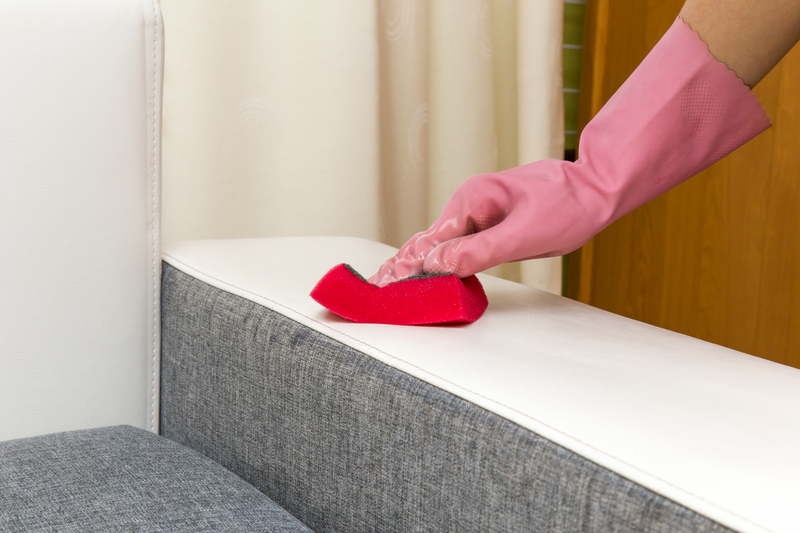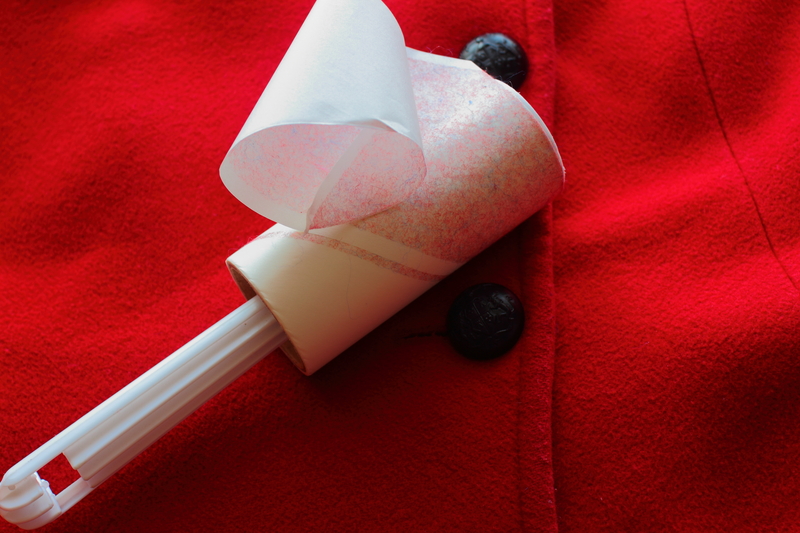Top Strategies to Eradicate Damp Smells
Posted on 24/06/2025
Top Strategies to Eradicate Damp Smells: A Comprehensive Guide
If you detect musty or damp smells lingering indoors, it's essential to identify and address the source promptly. Persistent damp odors not only cause discomfort but may also signal underlying moisture or mold issues that can impact your health and the structural integrity of your property. In this guide, we'll explore the top strategies to eradicate damp smells, ensuring your living spaces remain fresh, healthy, and inviting.

Understanding the Causes of Damp Odors
Before diving into effective solutions, let's explore why your home develops these unpleasant smells in the first place. Recognizing the source is the first step towards long-lasting odor elimination.
- Excessive Moisture: Poor ventilation, leaky pipes, or rising dampness can lead to high humidity, allowing bacteria and mold to thrive.
- Mold and Mildew Growth: Fungi flourish in moist, stagnant environments, emitting a characteristic musty smell.
- Poor Airflow: Inadequate air circulation leads to condensation and lingering dampness, especially in basements, bathrooms, and kitchens.
- Water Damage: Flooding, leaks, or seepage can damage walls, floors, and furnishings, leaving behind a persistent damp odor.
Effective Strategies to Remove Damp Smells
Now let's discuss the most effective and proven techniques to banish musty smells and ensure a fresher indoor environment.
1. Identify and Address the Source
- Inspect for Leaks: Examine your roofs, walls, and pipes for any visible signs of water ingress. Addressing leaks at their source is crucial for lasting results.
- Check for Hidden Moisture: Areas under sinks, behind appliances, or beneath floors can harbor hidden dampness - use a moisture meter if needed.
- Attend to Overflowing Gutters: Clogged gutters can direct rainwater into your home's foundation, leading to a buildup of damp smells inside.
2. Increase Ventilation and Airflow
- Open Windows Regularly: Allowing fresh air to circulate helps expel stale odors and reduces overall humidity levels.
- Install Vents and Extractors: Especially in bathrooms and kitchens, extractor fans can impede moisture buildup from cooking and showering.
- Use Ceiling and Portable Fans: These can aid in drying out damp areas and maintaining airflow.
3. Deploy Dehumidifiers
A dehumidifier is a powerful ally in removing excess humidity and preventing future mold growth.
- Monitor Humidity Levels: Use a hygrometer to keep indoor humidity between 40% and 60%.
- Place Dehumidifiers Strategically: Focus on affected rooms--like basements, bathrooms, and laundry rooms.
- Empty and Clean Devices Regularly: Prevent bacterial buildup by maintaining your dehumidifier as per manufacturer recommendations.
4. Deep Clean All Affected Areas
- Wash Soft Furnishings: Curtains, rugs, and upholstered furniture can trap moisture and odors. Launder or steam-clean them thoroughly.
- Scrub Hard Surfaces: Use a mix of white vinegar and water or a specialized mold remover to wipe down walls, floors, and tiles.
- Don't Forget Carpets: Carpets are notorious for absorbing moisture. Consider professional cleaning or sprinkle baking soda liberally, let sit, and vacuum.
5. Utilize Natural Odor Absorbers
- Baking Soda: Sprinkle on carpets, in cupboards, or inside shoes to naturally absorb musty odors.
- Activated Charcoal: Place bowls of activated charcoal in damp-prone areas--it's highly effective for odor removal.
- White Vinegar: Vinegar can neutralize odors; leave bowls of it out overnight or use it in your cleaning solution.
- Coffee Grounds: Coffee naturally absorbs bad smells--perfect for small enclosed spaces.
Preventing the Return of Damp Smells
Combating the source is only half the battle. Prevention strategies are essential for keeping musty and damp odors at bay in the long run.
6. Waterproof Your Home
- Seal Windows and Doors: Use weatherstripping and caulk to block moisture entry points.
- Bearing Walls and Basement Sealing: Consider waterproof membranes or paints in high-risk areas.
- Install a Proper Drainage System: Ensure that rainwater is directed away from your foundation.
7. Improve Indoor Air Conditioning
- Service Your HVAC System: Ensure AC units and ducts are clean and free of mold, dust, or debris.
- Change Air Filters Regularly: A clean air filter improves indoor air quality and prevents the migration of mold spores.
- Opt for Air Purifiers: Devices with HEPA filters can trap airborne allergens and particles responsible for damp odors.
8. Maintain Regular Cleaning and Inspections
- Weekly Cleaning Routine: Keeping surfaces dust-free stops bacteria and mold from developing.
- Check Hidden Spots: Periodically inspect attics, crawl spaces, and behind furniture for early signs of moisture buildup.
- Maintain Appliances: Washing machines, dryers, and dishwashers are potential sources of leaks and should be regularly checked.
Expert Tips for Persistent Damp Smells
If standard methods haven't worked, try these advanced tactics to eliminate odor-causing agents and stop dampness at the source:
- Utilize Ozone Generators: Ozone machines, when used cautiously and correctly, can neutralize stubborn odors in affected areas (always evacuate the area during use).
- Bring in Professional Mold Remediation: For severe infestations, professional expertise and industrial-grade cleaners may be necessary.
- Repaint with Anti-Mold Paints: After cleaning, apply specialized paints in areas prone to moisture, such as basements, bathrooms, and kitchens.
- Investigate Plumbing Issues: Slow leaks or poorly fitted pipes often go unnoticed until they generate persistent odors--schedule regular plumbing inspections.
Why It's Critical to Eradicate Damp Odors
Beyond the nuisance, damp smells often signal elevated humidity, hidden leaks, or mold--all of which pose risks:
- Health Risks: Prolonged exposure to musty environments can worsen allergies, irritate respiratory systems, and trigger asthma or skin conditions.
- Structural Damage: Moisture erodes wood, weakens foundations, damages drywall, and can ruin furnishings.
- Pest Infestations: Damp spaces attract pests like centipedes, cockroaches, and termites.
Early intervention not only eliminates odors but also protects your health and property investment.

Frequently Asked Questions about Damp Smell Removal
- What are common signs of dampness in a home?
- Peeling wallpaper, discolored patches on walls and ceilings, warped wood, damp floors, and a persistent musty odor are classic indicators.
- Can houseplants help with damp odors?
- Some plants, such as Boston fern and peace lilies, can absorb toxins and improve air quality, but they won't address the root cause of damp smells.
- Is it safe to use bleach to remove mold odors?
- Bleach can kill surface mold but may not reach deeper into porous materials. For a comprehensive clean, use specialized mold removers or seek professional help.
- How long does it take to eliminate musty smells?
- Depending on severity, it can take anywhere from a few hours after cleaning to several days if deep drying and remediation are required.
Conclusion: Banish Damp Smells for Good
In summary, the best ways to eradicate damp smells revolve around targeting the source of moisture, improving ventilation, deep cleaning, and maintaining vigilant prevention practices. Persistent musty odors should never be ignored--they're a sign that your home needs attention.
By implementing these top strategies to remove damp smells, your home will not only smell fresher but also be healthier, safer, and more comfortable for everyone. Make odor elimination and humidity control an integral part of your regular home maintenance, and enjoy a welcoming, scent-free indoor environment year-round!




